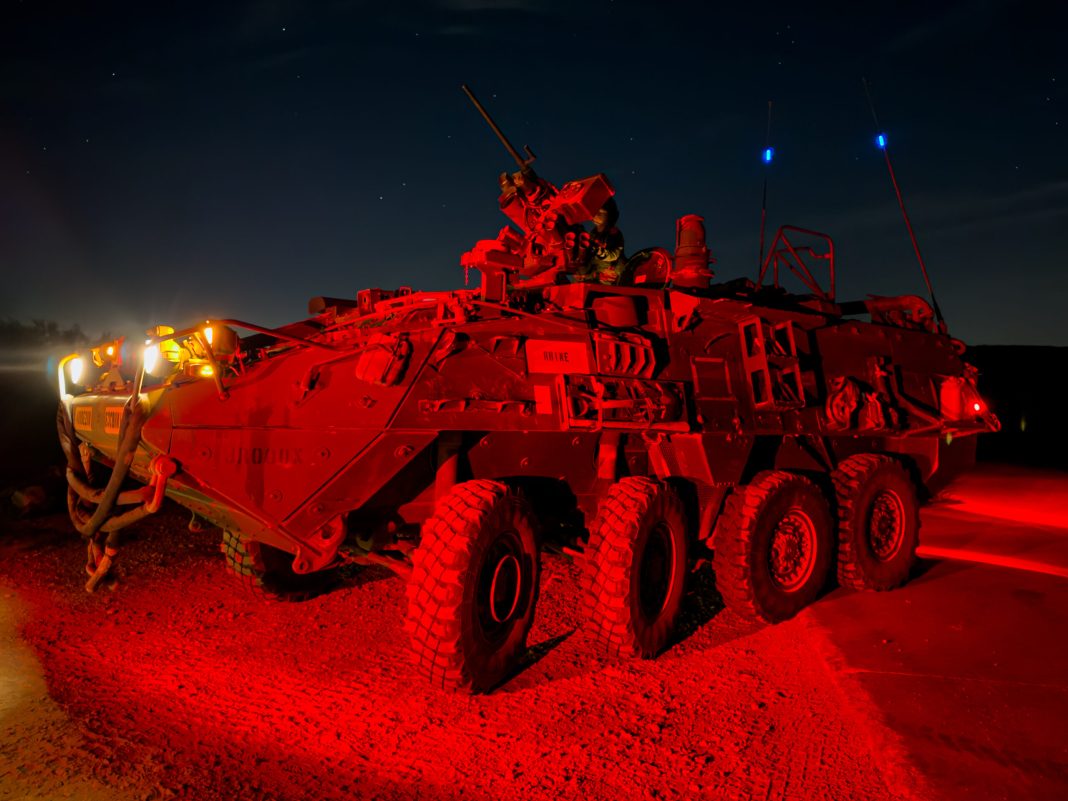Teledyne FLIR Defense has secured a significant framework agreement valued at $168.3 million to initiate low-rate initial production of advanced sensors designed for the U.S. Army’s M1135 Nuclear, Biological, and Chemical Reconnaissance Vehicles (NBCRVs). This strategic effort aims to enhance the Army’s capabilities in monitoring and responding to hazardous environments.
The sensors being developed are part of an improved suite designed to detect chemical, biological, radiological, and nuclear (CBRN) threats. They feature autonomous capabilities and will integrate seamlessly with FLIR’s proprietary SkyRaider unmanned aerial system and the MUVE B330 biological detector drone payload. The incorporation of these advanced technologies is expected to significantly bolster the operational efficiency and effectiveness of the reconnaissance efforts.
In a demonstration of progress, FLIR announced that the Army received an initial batch of sensor suite prototypes for evaluation in October 2023. Insights and data garnered from these initial tests informed the latest production contract, marking a crucial step in the development process. Additionally, FLIR has already received a $7.5 million order to kickstart the delivery of these sensors.
Production work related to this program is set to continue through 2029 and will be carried out at FLIR’s facilities located in Oklahoma, Maryland, and Arizona. The capabilities of the NBCRV sensor suite are expected to enhance troop protection against weapons of mass destruction and improve mission outcomes in varied combat scenarios. Dr. JihFen Lei, President of Teledyne FLIR Defense, emphasized the importance of advanced sensor technologies, stating, “We’re honored to continue our work with the Army, leveraging our unmanned aerial system platforms and remote sensing solutions to deliver the NBCRV Sensor Suite.”
The M1135 NBCRV itself is a variant of the M1126 Stryker infantry carrier vehicle, developed in the early 2000s by General Dynamics Land Systems-Canada for the U.S. Army’s needs. This armored vehicle is specifically tailored for chemical, biological, radiological, and nuclear missions, enabling soldiers to respond effectively to a wide range of threats, including toxic substances and weapons of mass destruction. The NBCRV features an 8×8 vehicle design, measuring approximately 7 meters (23 feet) in length and armored to withstand impacts from 14.5-millimeter ammunition. It can accommodate up to four personnel and is powered by a robust 350-horsepower Caterpillar 3126 turbo diesel engine, providing an operational range of 500 kilometers (311 miles) and speeds reaching 100 kilometers (62 miles) per hour. This combination of features underscores the vehicle’s vital role in keeping military personnel safe in hazardous environments.





